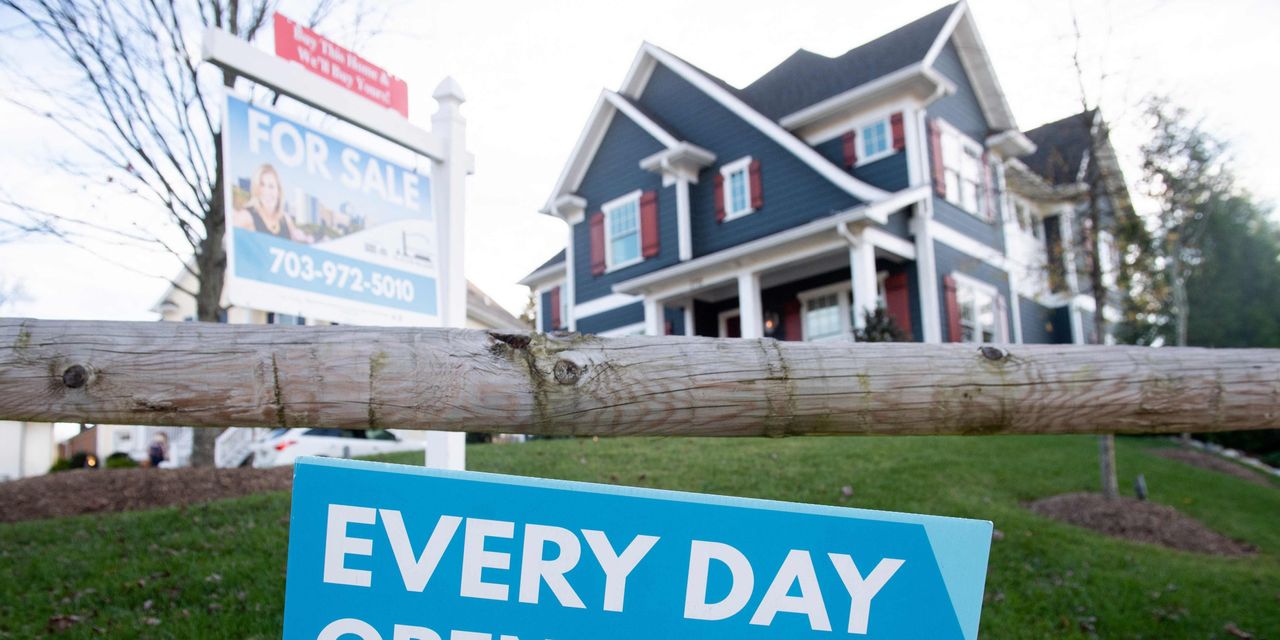The numbers: Stubbornly high mortgage rates and a scarcity of inventory are stalling the housing market.
As homeowners sit on properties, finding little incentive to sell and give up an ultralow mortgage rate, current loan rates remain elevated, adding hundreds of dollars in extra costs for buyers.
The average 30-year mortgage rate was 6.81% in early June.
Demand for both purchase loans and refinances fell. That pushed the market composite index — a measure of mortgage application volume — down, the Mortgage Bankers Association said on Wednesday.
The market index fell 1.4% to 194.7 for the week ending June 2 vs. a week earlier. A year ago, the index stood at 288.4.
Key details: Homeowners didn’t see the last week as a good time to refinance. The refinance index fell 0.7%
Buyers were also disappointed by rising rates. The purchase index — which measures mortgage applications for the purchase of a home — fell 1.7% from last week.
The average contract rate for the 30-year mortgage for homes sold for $726,200 or less was 6.81% for the week ending June 2. That’s down from 6.91% the week before, the bankers association said.
The rate for jumbo loans, or 30-year mortgage loans for homes sold at prices over $726,200, was 6.74%, down from 6.78% the previous week.
The 15-year fell to 6.25% from last week’s 6.41%.
The current rate for adjustable-rate mortgages rose to 5.93% from last week’s 5.39%.
The big picture: While some buyers may accept the current reality of rates over 6%, the lack of for-sale listings and options is bringing the housing market to a relative standstill.
As long as rates stay high, homeowners may see little incentive to sell, unless pushed to do so out of necessity. That will continue to put pressure on the housing market, likely driving up home prices, until either demand wanes considerably or supply improves dramatically.
What the MBA says: “Purchase activity is constrained by reduced purchasing power from higher rates and the ongoing lack of for-sale inventory in the market,” Joel Kan, vice president and deputy chief economist at the Mortgage Bankers Association, said in a statement.
Meanwhile, he added, “There continues to be very little rate incentive for refinance borrowers.”
Read the full article here




